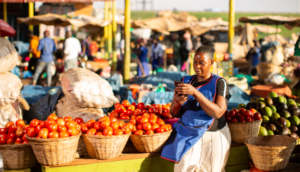Stronger together – how the food fortification ecosystem can fight malnutrition by supporting small and medium-sized millers
What do the World Food Programme, BASF, Royal DSM and Nigeria Flour Mills have in common? They all recognize the key role of small-scale and medium-sized millers to bring food fortification to scale, as part of national strategies to combat malnutrition. These and more than 40 other organizations came together at the sidelines of the United Nations General Assembly in New York as well as online to accelerate progress of food fortification in the face of an escalating nutrition crisis which is being exacerbated by Covid-19, Conflict and Climate Change.
Local millers play an important role in their communities and are well-positioned to help protect populations against malnutrition, particularly in rural or last-mile communities. As food prices are increasing in many countries, low-income households that are unable to afford balanced nutritious diets are turning more than ever to lower-cost staple foods to nourish themselves.

By adding micronutrients like Vitamin A or Iron to staples like flour or oil, millers help to fill dietary gaps and can help to avoid the negative health consequences of micronutrient deficiencies for millions of the world’s poorest people. Furthermore, fortification offers clear investment returns: the Bill and Melinda Gates Foundation estimate that $1 invested in fortification generates $27 in economic return from averted disease, improved earnings, and enhanced work productivity.
But small-scale and medium-sized millers cannot do this on their own. Installing equipment and buying micronutrient premix requires investment and comes at a cost. This is typically not reflected in a higher price of the product on the market, due to fierce price competition for staples. Millers need information, incentives and support. This is especially true for small mills, often informal and non-industrial. In many places, they are the ones that cater to the most at-risk rural populations, but they are difficult to reach and need much simpler solutions than larger players.
Ute Klamert, Deputy Director at the World Food Programme, reminded participants that 3 billion people cannot afford a healthy diet, but they can be reached with the right combination of collective advocacy and operational scaling. This double-pronged approach holds significant promise for building on existing initiatives in food fortification to create systemic change.
- Collective Advocacy
Participants noted the urgent need for businesses, NGOs, and those in the public sector to advocate for enabling policies, legislation and to build public sector capacity to enhance the mandate for food fortification. Paloma Fernandes, representing the Cereal Millers Association in Kenya, pointed out that this also requires establishing the economic policies and incentives that sustain good quality food fortification at scale: “We need policies to create level playing fields. The larger small-scale millers never have level playing fields. And that’s something that really needs to be worked on to ensure everyone is providing nutritious food to their consumers.“
In addition to advocacy on the policy environment, there is also a need to drive consumer demand, and it is here that well-known companies can play an important role in building trust and educating consumers on the benefits. As Paloma noted, “With the power of our brands, we can create awareness to show the benefits of good, nutritious food.”
- Operational Investments and Innovation
The diverse group of participants put out a rallying cry for those involved in food fortification to “scale success”. Representatives of multilateral organizations, nutrition NGOs, donors, large millers and local miller associations, food companies, nutrient producers and analytics providers all agreed that effective models of food fortification that have been proven at large scale, now need to be expanded more widely, more rapidly, and more deeply, especially by engaging and building the capacity of smaller mills.
The session highlighted four key objectives and proposed mechanisms to achieve them:
- Increase the resources invested in food fortification by leveraging blended finance mechanisms;
- Optimize the food fortification process by utilizing data, digitalization and independent analysis, and including local millers in the data collection and analytics process;
- Strengthen capacity-building and technical assistance for small and medium-scale millers and farmers, through for example developing new business models that include smaller millers in value chains;
- Bolster the resilience of the food fortification system to withstand disruption and crises, such as the Russian war in Ukraine, by improving trade-related interventions.
Moving forward in a spirit of “collective impact”
It was evident in the discussions that a shared vision for a sustainable, inclusive market for food fortification at scale is gaining momentum. This vision is for a market that increases the availability and affordability of adequately fortified food, providing a safety net for populations that need it the most, thus ultimately contributing to sustained relevant coverage of fortified foods and improved human nutrition, health, and economic development.
What is needed now is orchestrated collaboration. The key tools are already in place: regulation, technical support for millers, premix supply, financing, data infrastructure and quality assurance and control mechanisms. Furthermore, the ecosystem that supports this vision already exists, globally and in most countries.
Now, players from diverse institutions must find ways to align their differing interests and incentives and to synchronize delivery for collective impact. We need all sectors playing their role in support of national food fortification programs, in concert with each other and with mutual accountability. This requires investments in capabilities, capacities and incentives of industry as much as of governments and their development partners. Food fortification must be integrated not only into industrial processes at the plant, but also into day-to-day business decisions and practices of management and executives, and into corporate strategies more broadly.
In addition, we need more investment in collaboration infrastructure to harness private sector energy and know-how so that the grants and investments being made by public, private and philanthropic funders achieve sustained, relevant coverage of fortified foods at the national level, with a focus on reaching the most vulnerable consumers.
Existing platforms like the Scaling Up Nutrition (SUN) Movement, the Global Alliance for Improved Nutrition and AGRA have potential to facilitate greater alignment among diverse players. Coordination and incentive mechanisms at the country level, like the Micronutrient Fortification Index introduced by TechnoServe in Nigeria, can be replicated in other countries, and expanded regionally. This in turn requires a recognition that there is no transformation without information, and there is a compelling need for shared investments in the data infrastructure that brings more visibility of the workings of our food systems that we are counting on to nourish us.
The session charted a clear course forward based on existing alliances and good practices. The clear social and economic impact of fortification demands that practical implementation at scale must follow.
.
Download the Workshop Summary to read about these and other recommendations from the event.
Jane Nelson, Director, Corporate Responsibility Initiative, Harvard Kennedy School
Dominic Schofield, Program Director – TAAP, TechnoServe
Christina Tewes-Gradl, Founder and Managing Director, Endeva










